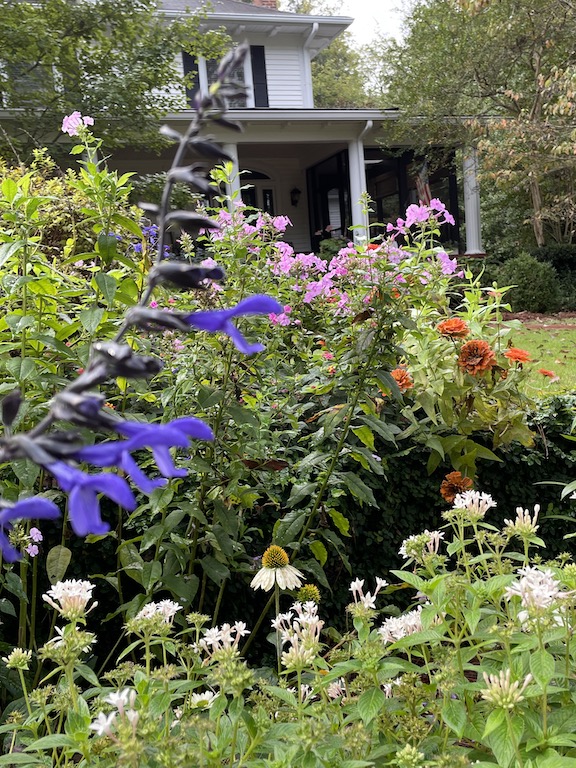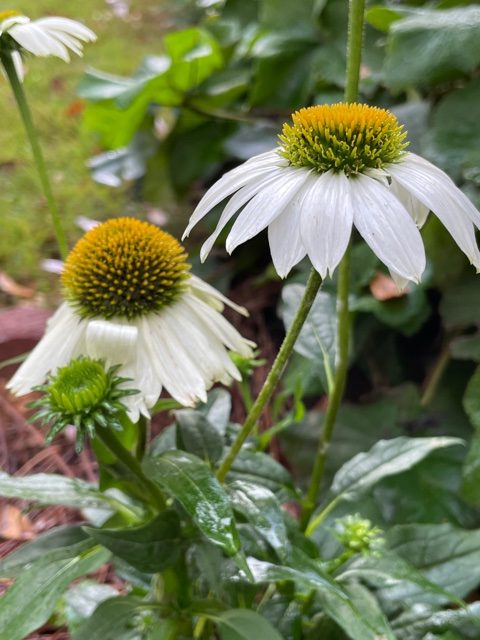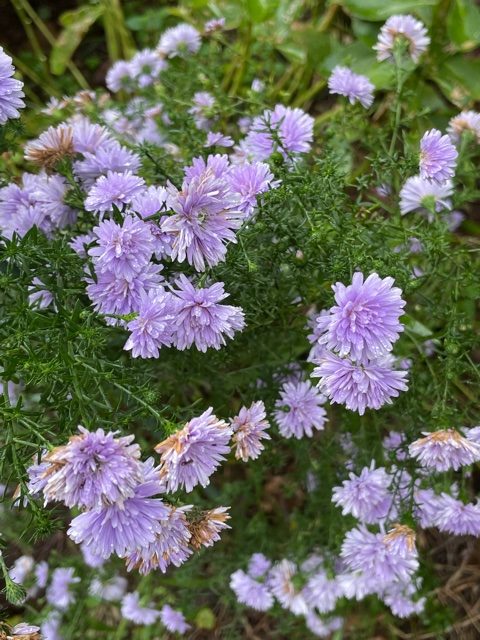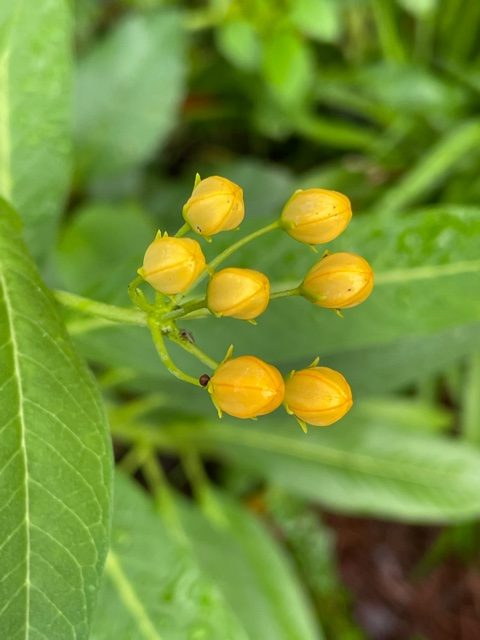(note: I’m currently scheduling spring speaking engagements. If your group or organization is interested in having someone speak very enthusiastically about the wildflowers, email me at Naturebasedblog@gmail.com. I love sharing my passion for native plants. )
After a long, hot, humid summer, I’m sometimes tempted just to shut down the garden, cut everything back and mulch over the whole mess. But when I venture out, I realize just how important my fall garden is to late pollinators.

Although it’s critical to provide for native pollinators during the year, it’s particularly important during the shoulder seasons of early spring and late fall when plants are not as profuse as they are in summer.

When I took time to look I realized that there were still a lot of things in bloom and that most of them were covered with bees and butterflies. My number one, very favorite pollinator plant is the Black and Blue salvia. From a strictly aesthetic point of view it has a few drawbacks, mainly that it’s big and gangly and has a hard time standing up straight (sounds like my 14 year old grandson. Just kidding.) But the pollinators absolutely don’t care and it is dripping with bees and wasps and hummingbirds and butterflies as long as it’s in bloom, which is a long time! This began blooming in May and is still going strong. I highly recommend it!

Goldenrods, too, are pollinator magnets. I planted some miniatures this year, called ‘Little Lemons’ and the bees were on it as I was planting it. I hope these new plants will grow and multiply and fill a part of my yard with golden wonder.

I had to replace my coneflowers and put the new ones in a different spot as my old Echinacea developed a bacteria called yellow aster which causes the blooms to be distorted and sprout green ray flowers. There’s nothing to do about it except remove the affected plants and start over in fresh soil somewhere else.

Another happy autumn pollinator plant is aster. These are readily available at nurseries. Asters are particularly important as larval food for the silvery checkerspot butterfly but also provide nectar and pollen for many species of native bees, wasps and flies.

So, don’t give up on your garden yet. Leave the seeds on the stalk for the birds this winter and leave every last available blossom for the pollinators. They need it!

Though there are many cultivated garden plants that are good for pollinators in the fall, such as lantana, zinnias and sedum, the native plants are much more likely to attract native pollinators – always a good thing for nature!

I’ll be buzzing about these ideas among all my gardening buddies!